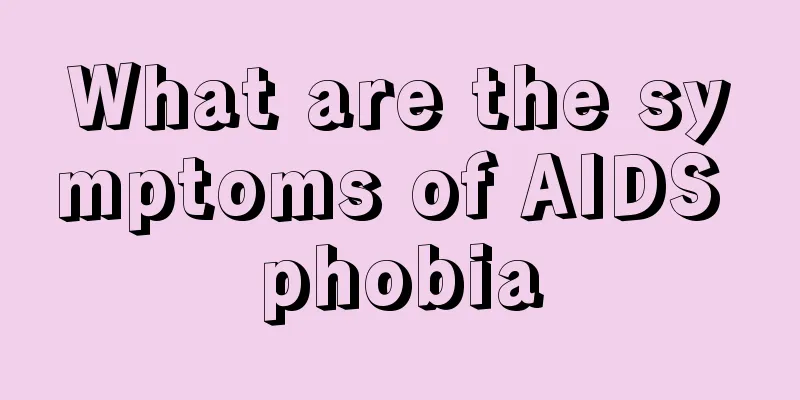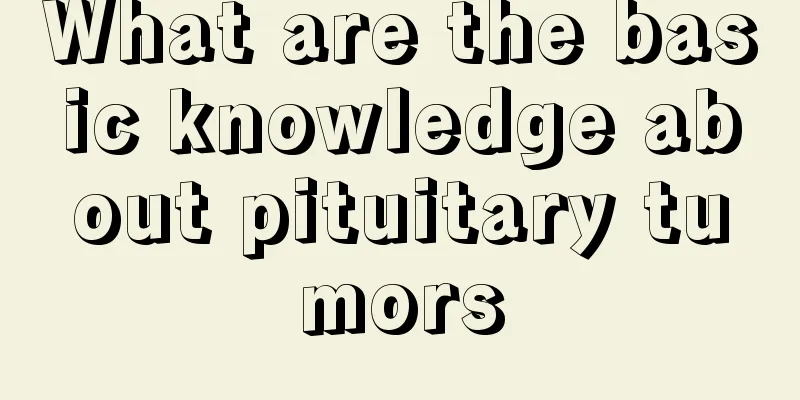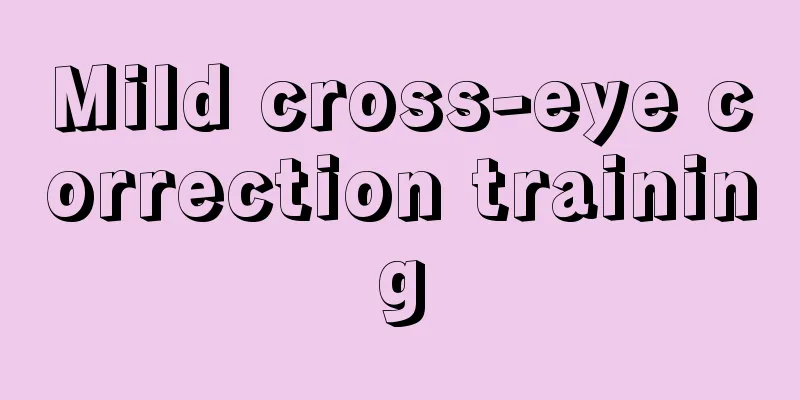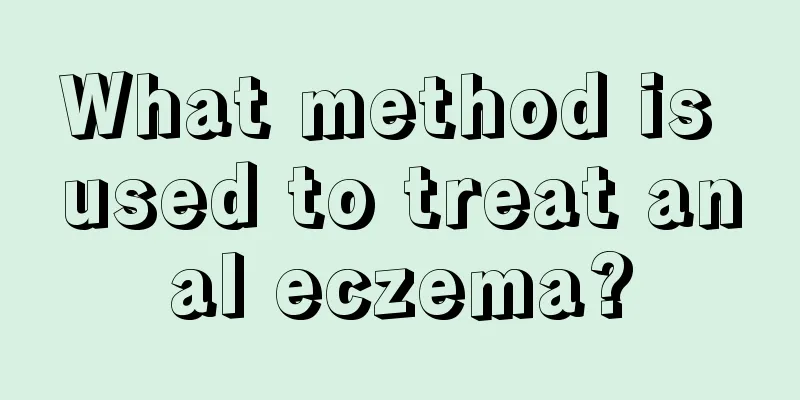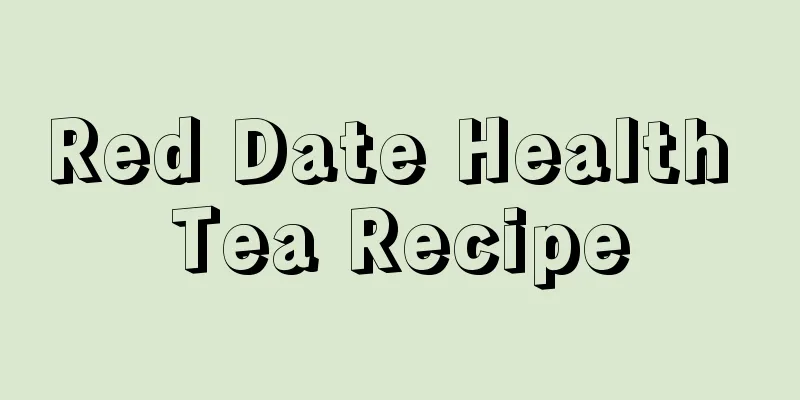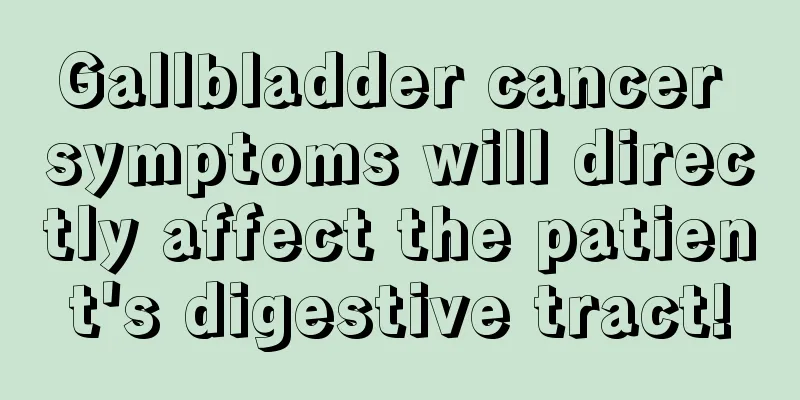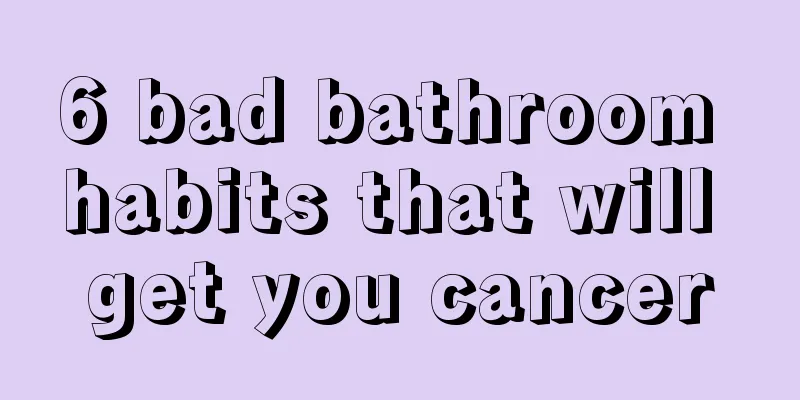How can polycystic ovary restore menstruation
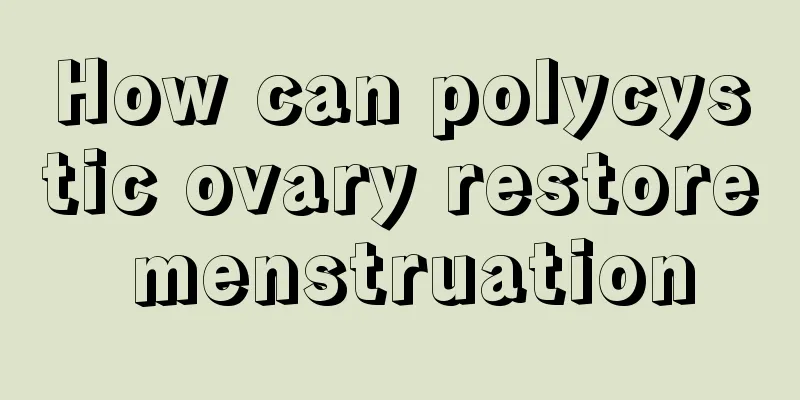
|
Polycystic ovary can cause ovulation disorders in women, that is, there are many follicles, but none of them develop. In this case, women cannot become pregnant, and many polycystic ovary patients do not have menstruation. In this case, timely treatment is necessary to resume menstruation and reproductive function as soon as possible. So, how can polycystic ovary restore menstruation? Let’s take a look. 1. Weight loss method: This method focuses on increasing exercise to reduce weight, due to endocrine and metabolic disorders caused by obesity. Then losing weight can effectively restore your endocrine system to normal. In this way, once ovulation becomes normal, the chance of pregnancy will greatly increase, and polycystic ovary will gradually disappear. 2. Insulin resistance method: Reducing insulin resistance can increase SHBG, causing the androgen level to decrease, which can effectively solve the phenomenon of polycystic ovary and infertility caused by excessive androgen. 3. Clomiphene drug therapy: It competes with endogenous estrogen receptors at the hypothalamus-pituitary level, inhibits estrogen negative feedback, increases the pulse frequency of GnRH secretion, and thus adjusts the secretion ratio of LH and FSH. This promotes ovulation rate. However, this drug has side effects such as abdominal discomfort, blurred vision, rash, hair loss, etc. 4. Urinary gonadotropin drug therapy: It is mainly used for patients with reduced endogenous pituitary gonadotropin and estrogen secretion. However, this drug has greater side effects than clomiphene and is highly irritating to the ovaries. 5. Gonadotropin-releasing hormone therapy: It can promote the release of FSH and LH from the pituitary gland, but long-term use will make the receptors of pituitary cells insensitive, leading to a decrease in gonadotropin, thereby reducing the synthesis of ovarian sex hormones. 6. Bilateral ovarian wedge resection therapy: Removal of part of the ovaries to eliminate excess androgen produced by the ovaries can correct the regulatory disorder of the hypothalamus-pituitary-ovarian axis, but the location of the resection and the amount of tissue removed are related to the efficacy, and the effectiveness varies. This method has a high recurrence rate after surgery. 7. Chinese medicine conditioning method: This method of treating polycystic ovary is more conservative, but safe and has no side effects. The doctor will prescribe a prescription based on your specific situation. You should insist on taking Chinese medicine and go for a check-up every once in a while to ensure that the doctor can accurately grasp your condition. |
<<: What symptoms will babies have if they don't have enough breast milk?
>>: What disease is the symptom of green snot
Recommend
What are the symptoms of keratotic tinea pedis
Keratotic tinea pedis is highly contagious, so we...
Emotional anxiety disorder needs to be overcome in this way
Emotional anxiety disorder is not formed in a sho...
The harm of applying garlic to the soles of feet to relieve gas
Many people are not clear about the dangers of ap...
You need to know these correct care methods for white spots on teeth
Many people do not pay much attention to brushing...
What are the effects of hairy litchi
We often see a kind of fruit in supermarkets now....
Why does indigestion occur
Indigestion can make people feel bloated in the s...
Is it possible to permanently remove male scrotal hair?
In today's society, many people hate excessiv...
Are premature heart beats serious?
Premature heart beats are a common clinical probl...
Meridians on the legs
In traditional Chinese medicine, meridians are a ...
What causes esophageal discomfort?
The esophageal mucosa becomes thicker, which is v...
Can fibroids be inherited?
Will fibroids be inherited? The impact of fibroid...
What types of dentures are there
We all know that once there is a problem with the...
Throat inflammation and blood in sputum_What is the reason for blood in sputum?
When you cough and there is blood in your sputum,...
Why do I feel chest tightness and shortness of breath at night?
Some friends will experience chest tightness and ...
What's the matter with a lump growing next to the ear due to glioma
A lump near the ear may not be directly related t...

